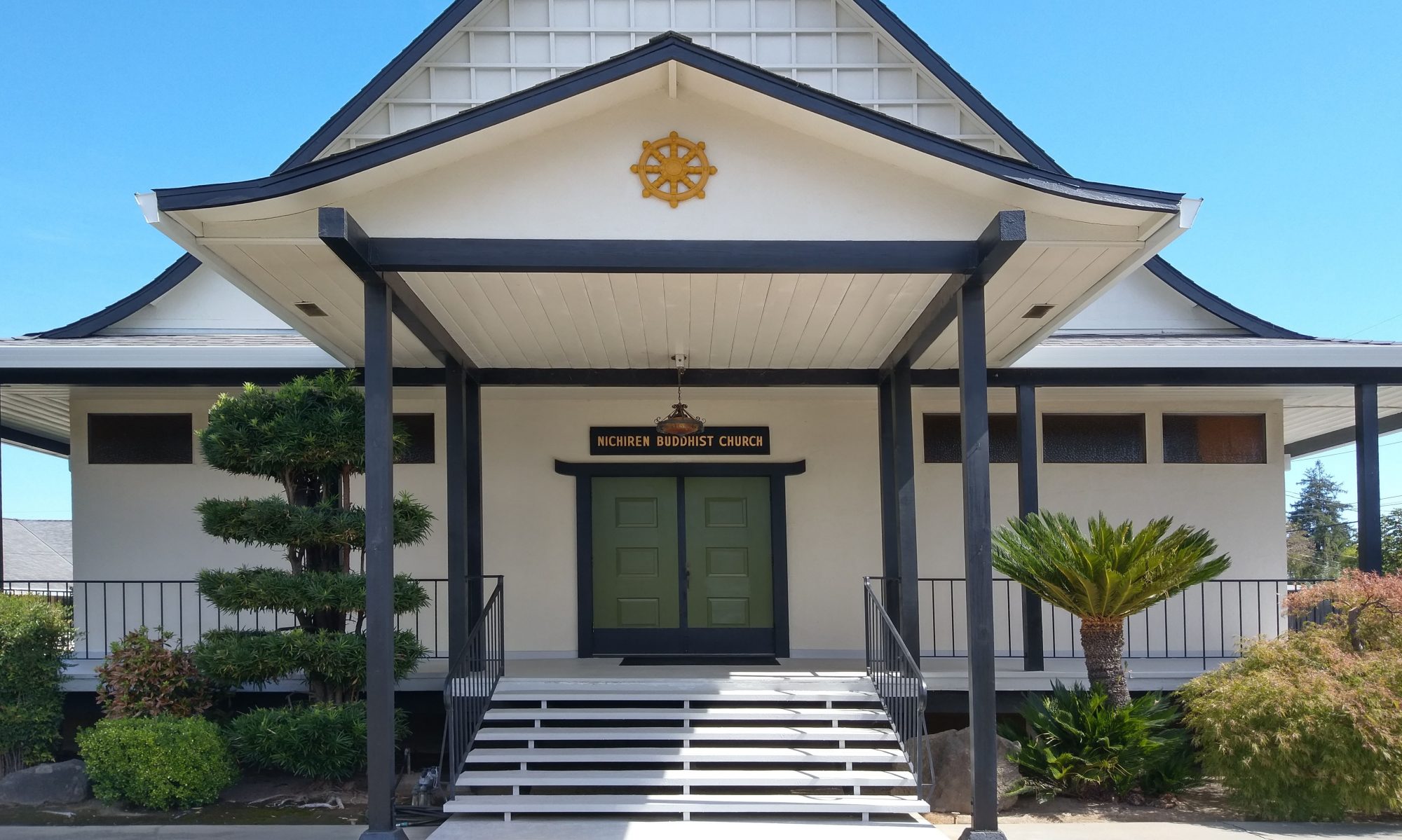Throughout history, we have seen how different religions have been integrated into various countries and cultures. Famous examples of this include the religions that spread along the route of the Silk Road. In the case of Buddhism, the Silk Road contributed to the development of Buddhist art. It is said that statues of the Buddha did not exist prior to 3rd century BC, when Buddhism reached Gandhara, a kingdom of Ancient India, located in present-day Pakistan and Afghanistan. Gandhara is famous for Greco-Buddhist art, an art form that merged classic Greek culture and Buddhism. The first statues of the Buddha emerged from Gandhara and are thought to have been created by Indo-Greeks who lived in the region. The sculptors were inspired by figures in Greek mythology, which influenced the European facial features of the early statues of the Buddha. Greco-Buddhist Art would later influence Buddhist art and depictions of the Buddha in various countries, primarily those in Central and East Asia.
Interestingly, in many pieces of Gandhara art, we see that the Buddha is shown being protected by Heracles, thought to be one of the greatest heroes in Greek mythology. He represents strength and masculinity, among other features. Many believe that Heracles is representing Vajrapani (Jp. Shukongoshin ), a bodhisattva that protects and guides the Buddha. Further examination of Gandhara art reveals that other figures from Greek mythology are also shown along with Bodhisattvas and the Buddha.
Similarly, we see that Nichiren Shonin incorporated deities of Japanese mythology throughout his own practice and propagation of the teachings of the Lotus Sutra. This is most evident in his mandalas, where he inscribed names of bodhisattvas and deities in Japanese mythology, among other figures. Nichiren Shonin’s reasons for incorporating these Japanese deities were not just to merge Buddhism and Japanese culture. It also related to his idea that deities that show up in the Lotus Sutra, as well as those in Japanese mythology, have the obligation to protect the followers of the Lotus Sutra. Specifically, it is said that Shotenzenjin, guardian deities, often gathered around the Buddha when he was giving his sermons, and vowed to the Buddha that they would protect the followers of the Lotus Sutra. Unlike the previous example of Heracles representing Vajrapani, Nichiren Shonin did not represent bodhisattvas as Japanese deities, but directly included them by name into the mandala. However, Nichiren Shonin also incorporated some of deities from Japanese mythology that were directly accepted as bodhisattvas (syncretistic deities) during the 8th century in Japan. There are many opinions regarding his reason for incorporating these Japanese deities. One suggested reason is Nichiren Shonin’s idea that these Japanese deities had continued to protect Japan ever since the country was first created. Therefore, Nichiren Shonin believed that they would support spreading the teachings of the Lotus Sutra in order to save the people of Japan during the time of mappo. I am hoping that the next time you have the opportunity to look at the Nichiren Shu mandala, you will be able to see how Nichiren Shonin incorporated the Lotus Sutra into Japanese culture.
Ven. Kenjo Igarashi
May 2018
